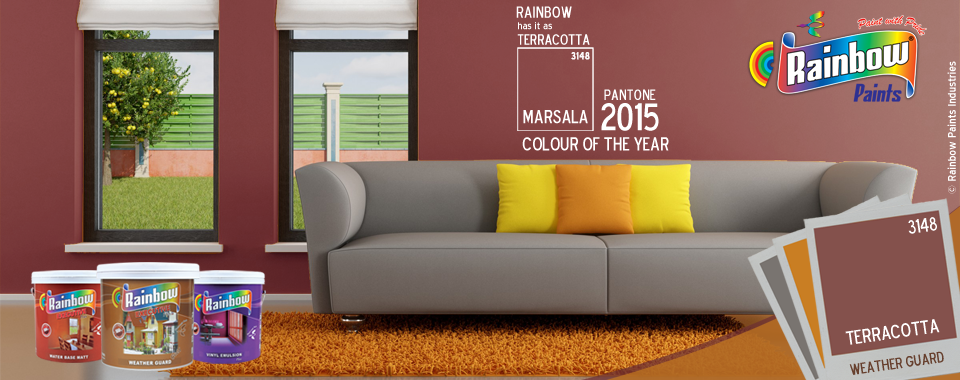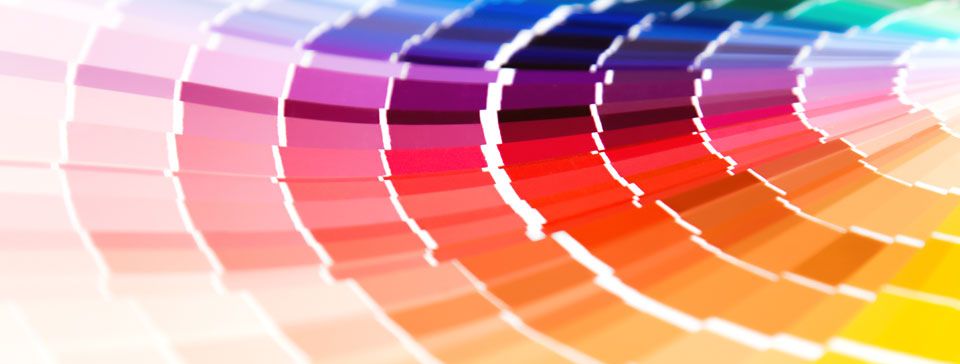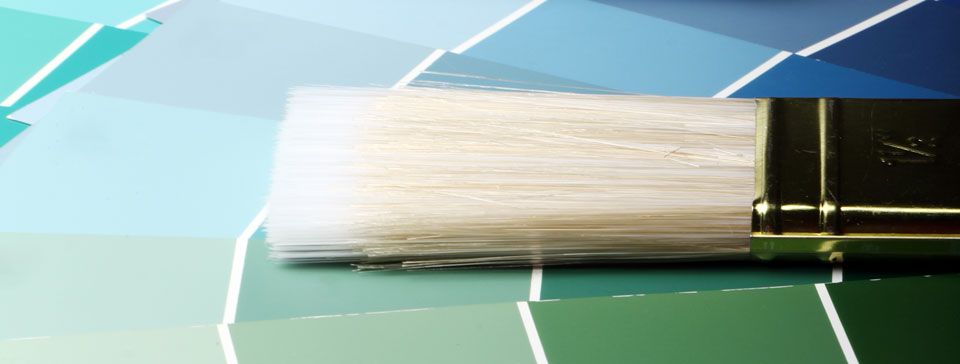Painting Problems & Solution
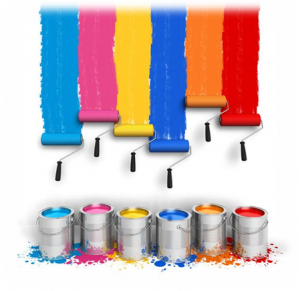
This segment of our Rainbow Colour Guide intends to boost your understanding of typical painting trouble and develop your skills to understand the causes and suggest solutions for how they can be resolved.
In broad terms a paint imperfection can be caused by one, or a combination of, three factors:
1. The decorator/painter.
2. The area or surface that is being painted.
3. The paint.
Because of these various factors, different problems may arise either during painting or after painting. We have develop this guide to address as many issues we can to provide you of a deep understanding of their causes and to apply a set of possible solution to cure those defects.
According to a private survey that we at Rainbow Paints have conducted and after much consultation with well experienced professionals, we conclude that more 90% of these problems occur due to improper application whether on the part of the decorator/painter or due to faults present in the surface that is being painted. A good portion of that survey also pointed out that damage to the paint bucket/ tin was also responsible to have led to paint quality being deteriorated since the seal had been broken which cause the paint to behave not according to specification. It is strongly implied here that proper and necessary care should be taken for the proper storage of the paint buckets.
Although there would numerous other problems that would not have been discussed here, if that is your case then you are requested to contact us at Rainbow Colour Advisory Service using our contact numbers, query forms and email.
Now, painting problems are broadly classified into two categories:

1. Problems During Painting
Slow / Poor Drying
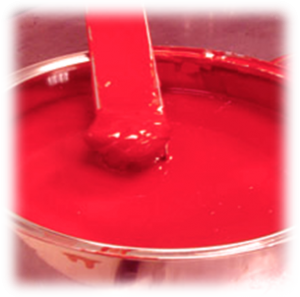
Causes
-
Too thick application
-
High humidity and/or low temperature during paint application
-
Improper ventilation, Application being done in confined area
-
Use of contaminated/ improper thinner and not the recommended thinner
-
Lack of adherence to recommended dilution ratio
-
Recommended system usage not adhered to. For instance, not adding adequate hardener in a two pack system like Melamine, PU.
Solution
-
Drying time increase in cold Weather.
-
Always use the recommended thinner for thinning.
-
If thick film is applied to cover in one coat drying time will increase.
Sagging / Curtaining / Running of Paint
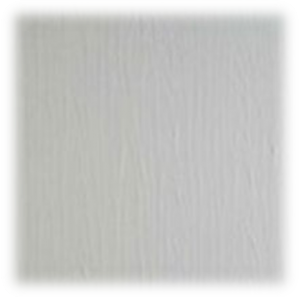
Causes
-
Application of a heavy/ thick coat of paint.
-
Application in excessively humid and/or cool conditions.
-
Application of paint on a very smooth surface (without sanding)
-
Application of over-diluation paint.
-
Spraying with the gun too close to the substrate being painted.
Solution
-
Drying time increase in cold Weather.
-
Always use the recommended thinner for thinning.
-
If thick film is applied to cover in one coat drying time will increase.
Dust / Bittiness On New Paintwork
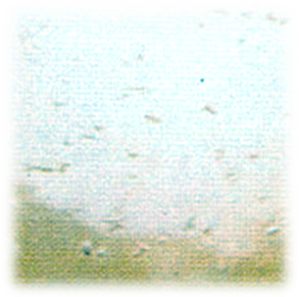
Causes
-
Dust or dirt in the atmosphere settling on the surface during or after application.
-
During surface preparation, the surface is not cleaned properly after sanding. Therefore loose particles may get mixed with the paint while application.
-
Use of a dirty application tool.
-
Skin mixed with the paint / Lack of care in surface preparation.
Solution
-
Allow the surface coating to harden and rub it down with fine wet and dry abrasive paper and recoat using clean equipment.
-
Remove the skin gently and filter the paint through muslin cloth before painting.
-
Avoid painting in dust.
-
Do not mix chalk or powder in paint.
Low Opacity / Paint Not Hiding Previous Coat
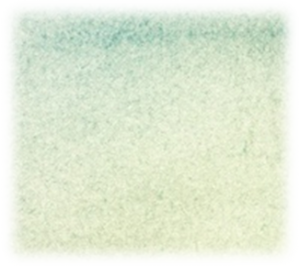
Causes
-
Recommended number of coats not applied.
-
Too much thinning (over thinned) of paint.
-
Colour of the newly applied paint is much lighter than the original finish / previous paint-coating very dark.
-
Application of bright and clean colour.
Solution
-
Refer to paint specification to check the suggested number of coats when painting.
-
Before painting, check the back panels of the cans for proper thinning ratio and thin the paint according to the instructions. Make sure to stir thoroughly paint well before application.
-
If the colour of new paint is light it is advised to apply additional coats to achieve desired results.
-
Apply bright colours with roller.
Shade Variation
Causes
-
Paint not thoroughly mixed prior to application
-
Application of very thin or thick coat over the surface
-
Use of light top coats over very deep undercoats.
-
Use of coloured or dirty thinner for thinning paint sample
Solution
-
Refer to paint specification to check the suggested paint application (look at our How to paints section).
-
Before painting, check the back panels of the cans for proper thinning ratio and thin the paint according to the instructions. Make sure to stir thoroughly paint well before application.
-
If the colour of new paint is light it is advised to apply additional coats to achieve desired results.
-
Use a clean and trusted brand of thinner.
Poor or Uneven Gloss
Causes
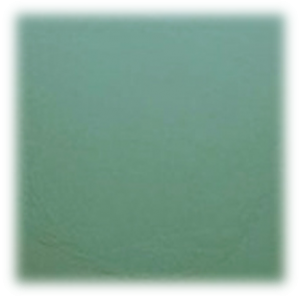
-
Shiny spots or dull spots (also known as "flashing") on a painted surface is uneven gloss
-
Painting in cold and damp condition, that causes condensation on the newly painted surface.
-
Use of incorrect solvent, contaminated solvent or solvent with traces of water
-
Application of paint in a poorly ventilated room
-
Lack of adherence to manufacturers recommendation for necessary gap between subsequent coats
-
Application of bright and clean colour.
Solution
-
New substrates should be primed/ sealed before applying the top coat to ensure a uniformly porous surface. Make sure to apply paint from "wet to dry" to prevent lapping. Applying an additional coat after scuffing will even out sheen irregularities.
-
Always use recommended solvent for thinning.
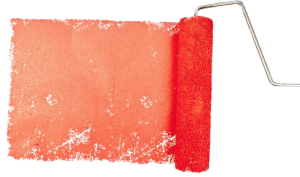
Roller Marks
Causes
-
Use of incorrect roller cover.
-
Use of lower grades of paint.
-
Use of low quality roller.
-
Use of incorrect rolling technique.
Solution
-
Use the proper roller cover and avoid too long a nap for the paint and the substrate.
-
Use quality rollers to ensure adequate film thickness and uniformity.
-
Application of matt enamel with roller gives good finish.
-
Shake out excess water or solvent before painting.
-
Don't let paint build up at roller ends. Begin rolling at a corner near the ceiling and work down the wall in three-foot square sections. Spread the paint in a zigzag "M" or "W" pattern, beginning with an upward stroke to minimize spatter then, without lifting the roller from the surface, fill in the zigzag pattern with even, parallel strokes.
Poor Coverage
Causes
-
Less thinning than recommended
-
Surface being painted is rough or not prepared as recommended
-
Applied more coats than needed
-
Poor quality of application tools
Solution
-
Thinning ratio should be kept at checked; it is wise to read up the thinning requirement from the back of the paint bucket or the technical specification sheet.
-
It is also vital that painting brush, rollers or other application instrument should be of high quality. Get them from a trusted source.
-
Always check the recommended no. of coats from our how to paint section, each product has different recommended coats for different application. You could alternatively use our Rainbow Colour Advisory Service to specify the right quantity of paints and coats.
Lapping
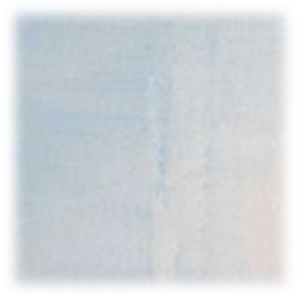
Causes
-
Appearance of a denser colour or increased gloss where wet and dry layers overlap during paint application.
-
Failure to maintain a "wet edge" when painting.
Solution
-
Maintain a wet edge when painting by applying paint towards the unpainted area and then back into the just-painted surface. This technique (brushing or rolling from "wet to dry", rather than vice versa) will produce a smooth, uniform appearance. It is also wise to work in manageable-size areas and plan for interruptions at a natural break. Keep wet edges moving. Gloss paint has less lapping. It is advised to employ two painters for application of Gloss paint on a large area.
Skin Formation
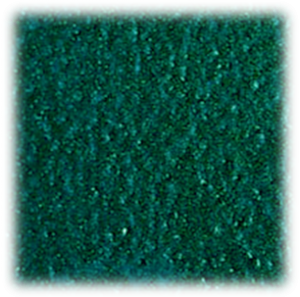
Causes
-
Uncovered container.
-
Semi-filled container.
-
No or inadequate anti skinning additives.
Solution
-
Always tighten the lid after taking out paint for use.
-
Pour a small amount of solvent over the surface of half filled containers.
Settling
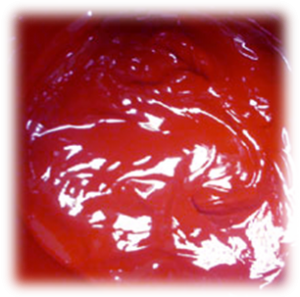
Causes
-
Poor structure of paint.
-
Prolonged storage after thinning.
-
Over thinning.
-
No anti settling additives.
-
Paint stored in sun light.
-
Old paint.
Solution
-
Avoid prolong storage after thinning.
-
Pigment and powder settle more readily after over thinning.
-
Mix thoroughly before use and filter before application.
-
Do not mix hard settling with rest of the paint, destroy the hard settling.
2. Problems After Painting
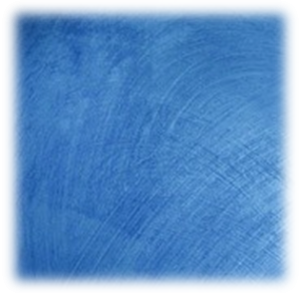
Brush Marks
Causes
-
Too thick application – paint not thinned as per recommendation.
-
Application done on very rough surface or highly absorbing surface
-
Poor painter skill
-
Application of second coat over semi dry first coat.
-
Cheap brushes (hard and thick bristles).
-
New Brush (stiff).
-
Porous surface (Cheap putty/ Surface Painted with Distemper/white wash).
-
Surface temperature.
-
Non branded cheap paint.
-
Improper surface preparation (powdery surface).
-
Poor surface preparation.
Solution
-
When painting, paint evenly and lightly in the same direction, wait until the first coat is thoroughly dried before applying the second coat.
-
Thin paint according to the instructions. If surface temperature is high add additional amount of thinner.
-
Use good quality brushes for top coats.
-
Low quality and painter own made putty have low quantity of binder and absorb binder of top coat leaving behind dry finish and brush marks. Use Rainbow Wall Putty to get a touch of magic on your wall.
-
Apply a coat of Prime-on on porous surface. Always dust off the surface with dampened cloth before applying paint.
-
Good quality paints have balanced formula.
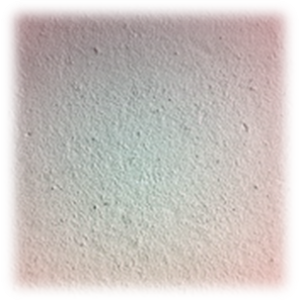
Fading
Causes
-
Use of interior paint for exterior applications
-
Direct prolonged exposure of an interior surface to sunlight.
Solution
-
Always use exterior paint specially formulated for exterior surfaces such as Rainbow Weather Guard.
-
Interior paint, which has to come into direct / prolonged sun exposure, should be avoided.
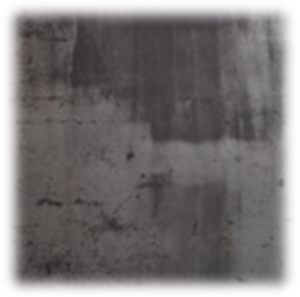
Dampness
Causes
-
Broken or defective plumbing or some other general building defect.
Solution
-
Paint should not be applied until the source of dampness is addressed.
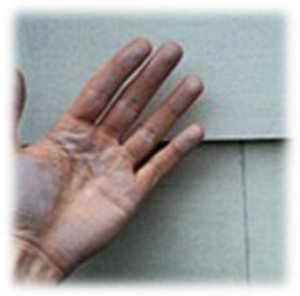
Powdery / Chalky Surfaces
Chalking is the formation of fine powder on the surface of the paint film during weathering, which can cause colour fading. Although some degree of chalking is a normal, desirable way for a paint film to wear, excessive film erosion can result in heavy chalking.
Causes
-
Over thinned paint applied on the surface
-
Use of a low-grade, highly pigmented paint.
-
Use of an interior paint for an outdoor application.
-
Alkaline substrate.
-
Low quality putty.
-
Highly porous and absorbent surface making film under bound.
-
Paint film deteriorating due to action of sunlight, oxygen or salt in air in marine areas
Solution
-
First, remove as much of the chalk residue as possible, using a stiff bristle brush (or wire brush on masonry) and completely dust off and clean surface using dampened cloth. Check for any remaining chalk by running a hand over the surface after cleaning. Apply a coat of “Rainbow Water Base Wall Primer” or “Rainbow Perfecton Wall Primer”. The surface can now be repainted. Alkaline surfaces must be dried before application of any paint. Never use interior paint or interior putty on exterior surface.
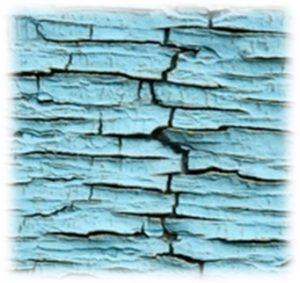
Cracking / Flaking
Causes
-
Use of a lower quality paint that has inadequate adhesion and flexibility.
-
Application of fast dry paint over slow drying paint.
-
Poor surface preparation, especially when the paint is applied to bare surface without priming.
-
Painting under hot or windy conditions that make water-based paints dry too fast.
-
Paint is applied too thick.
-
Low curing of plastered surfaces.
-
Iron trowel used in plastering.
-
Application of second coat on semi dry first coat.
Solution
-
It is possible to correct cracking that does not gone down to the substrate by removing the loose or flaking paint with a scraper or wire brush, sanding to feather edges, priming any bare spots and repainting.
-
The plaster and cement must be fully cured.
Premature Rusting Or Cracking Of Paint On Metal Surfaces
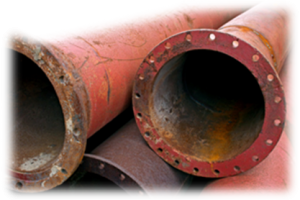
Causes
-
Too thin application
-
Improper undercoat application
-
Incorrect primer usage
Solution
-
For metal surface inappropriate to use wall based primer, specialized primer are developed for this purpose like “Rainbow Universal Undercoat” and “Rainbow Red Oxide Primer”.
-
Using our special industrial & decorative primer would result in increasing anti rusting properties of metal.
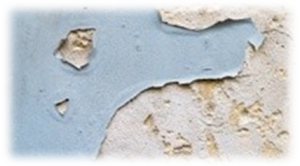
Peeling / Flaking
Causes
-
The paint applied over dirt, oil, and grease or previously painted glossy surface.
-
Seepage or Moisture beneath the paint film is frequent cause of Flaking and Peeling (alkaline bricks, Seepage from ground).
-
Application of paint on Powdery Surface.
-
Un-sanded surface.
-
Use of a lower quality paint that has inadequate adhesion and flexibility.
Solution
-
Scrape back the flaking paint to bare surface and the area nearby, If area is large abrade the whole surface with abrasive paper or wire brush, prime with Rainbow Perfecton Wall Primer and apply Rainbow Wall Putty if required followed by paint. (Not recommended for moist surface until the surface is complete dry).
-
Apply a coat of primer on porous surfaces prior to top coat.
-
Identify and eliminate the cause of moisture.
-
Clean oily surface with suitable solvent.
Efflorescence / Blistering In Walls
Bubbles resulting from localized loss of adhesion and lifting of the paint film from the underlying surface.
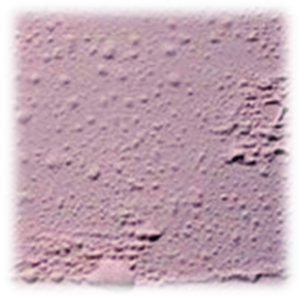
Causes
-
Moisture beneath the paint film can cause crystallisation of salt from building material such as bricks.
-
Application of oil-based or alkyd paint over a damp or wet surface.
-
Moisture escaping through the exterior walls (less likely with latex paint than with oil- based or alkyd paint).
-
Paint should not be applied until the efflorescence has ceased to appear and has been removed.
Solution
-
If blisters go down to the substrate, first try to remove the source of moisture. Remove blisters by scraping, then sanding the surface.
-
Prime any bare surface with primer, and repaint.
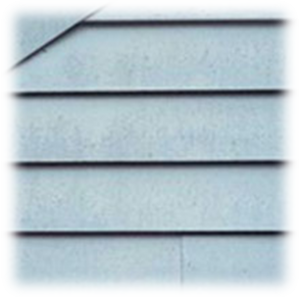
Mould
Moulds are the black, gray or brown areas on the painted surface.
Causes
-
The growth of mould is due to the humid living environment.
Solution
-
If there is mould grown: Use diluted bleach (1 part of bleach to10 parts of water).
-
To prevent growth of mould: Choose to paint with a mould resistant painting system.
-
Try to avoid painting in humid environment (Especially relative humidity is higher than 85%).
Algae / Fungus Growth On Painted Surfaces (Poor Alkali Resistance)
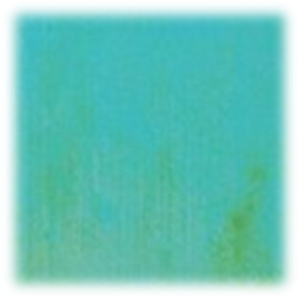
Colour loss and overall deterioration of paint film on fresh masonry.
Causes
-
Algal/Fungal growths are most likely to occur in damp conditions or on surfaces with high moisture content.
-
Coating was applied to new masonry that has not cured for a full year. Fresh masonry is likely to contain lime, which is very alkaline. Until the lime has a chance to react with carbon dioxide from the air, the alkalinity of the masonry remains so high that it can attack the integrity of the paint film.
-
Algae growth on exterior masonry can be a problem in sheltered environments that are in close proximity to trees and bushes.
Solution
-
Allow masonry surfaces to cure for at least 3 month, and ideally for a full year, before painting.
Yellowing
Yellowing is the development of a yellow cast in aging solvent-based enamels; most noticeable in the dried films of white paints.
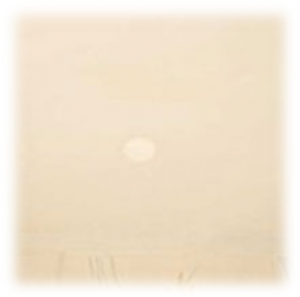
Causes
-
Alkyd enamel dry by Oxidation.
-
During the reaction various chemicals are formed which are yellow in colour.
-
Heat from stoves, radiators and heating ducts.
-
Lack of light (e.g. behind pictures or appliances, inside closets, etc.).
Solution
-
Solvent-based paints, because of their curing mechanism, do tend to yellow, particularly in areas that are protected from sunlight.
-
On yellowing, the only solution will be to repaint.
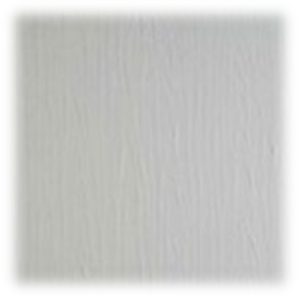
Shrivelling Or Wrinkling
Wrinkling is a rough, crinkled paint surface, which occurs when uncured paint forms a "skin”.
Causes
-
Paint applied too thick (more likely when using alkyd or oil-based paints).
-
Painting during extremely hot weather or cool damp weather, which causes the paint film to dry faster on top than on the bottom.
-
Applying top coat of paint to insufficiently dried film.
-
Painting over contaminated surface (e.g. dirt or wax).
Solution
-
Rub down surfaces using "wet or dry" abrasive paper.
-
Be sure paint film is completely dry before applying second.
-
Clean the surface before applying another coat of the same finish.
-
Avoid over application, increase number of coats when necessary.
Uneven Or Patchy Appearance
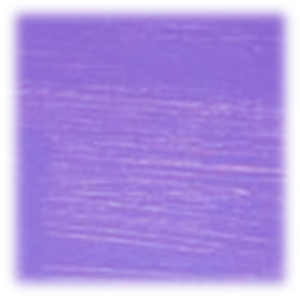
Failure of paint to dry to a smooth film, resulting in unsightly brush and roller marks after the paint dries.
Causes
-
Uneven Putty Thickness Underneath
-
Patch Work (Application of additional paint to "touch up” partially dried painted areas).
-
Uneven Brushing.
-
Poor Lapping.
Solution
-
Prepare smooth base.
-
Avoid patch work preferably coat the whole wall. Patch when painted surface is dried.
-
Brushing in one direction.
Poor Smudge
Causes
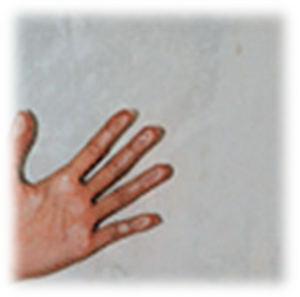
Use of a unbranded cheap paint.
-
Powdery Surface.
-
Low cost Putty.
-
Adulteration – mixing of low quality paint / chalk.
Solution
-
Areas that need frequent cleaning require highly washable premium quality paint formulated to provide such performance. High traffic areas may require a low sheen (Matt enamel) rather than emulsion to provide good scrub resistance. Allow adequate dry time, as scrub resistance will not fully develop until the paint is thoroughly cured. Typically, this will be one week. Try washing the painted surface with the least abrasive material and mildest detergent first.
-
Apply a coat of prime-on on powdery surface and repaint.
-
Avoid adulteration as it disturbs the ratio of paint component.



























